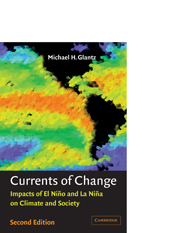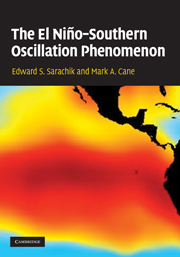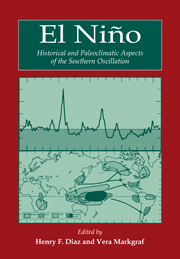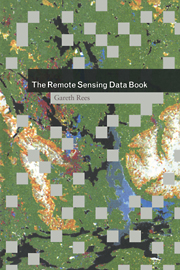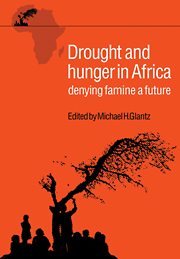Currents of Change
Droughts, hurricanes and floods are generated worldwide by the periodic warming and cooling of the tropical Pacific Ocean's surface waters. El Niño's impacts are now widely known, but the equally serious consequences of its counterpart, La Niña, are only now being highlighted. Although both phenomena have generally been associated with death and destruction, there are benefits in understanding more about their occurrence, their strength and their impacts worldwide, so that their worst effects can be forecast and mitigated. This new edition of Currents of Change explains in simple terms what El Niño and La Niña are and how they can be forecast. Examining for the first time the major El Niño of 1997–1998, this book explores what we can learn from past events, what we can do to ameliorate the worst excesses of these phenomena and how climate change might affect them in future decades.
- Excellent introduction to a complex subject, written in simple readable terms for the general reader and specialist alike
- Covers La Niña as well as El Niño events, together with most recent 1997–1998 El Niño
- Very well reviewed in first edition, this new updated edition is much improved
Reviews & endorsements
From reviews of the first edition: '… for atmospheric scientists, the book provides a meaningful perspective of the human component of the phenomena described. For the social scientist, it is an account of El Niño that will help clear up any misrepresentations derived from popular accounts. I thoroughly enjoyed reading this book.' John Oliver, International Journal of Climatology
'This book is well written, well illustrated and manages to convey a lot of important facts without 'technospeak'. It can be recommended to anyone requiring an introduction to the complexities … of climate.' Elmar R. Reiter, Meteorology and Atmospheric Physics
'... an absorbing book.' George Philander, Nature
'… Michael H. Glantz delivers more than a description of a major climatic phenomenon and its impacts: he presents a case study of science at work, and also shows how to make a book readable.' Lothar Lüken, Earthwatch
'Glantz is a passionate advocate of the value of climate research and his book should be compulsory reading for politicians and funding agency heads anywhere. It also provides background material that will be useful to geography and environmental science students and should appeal to anyone interested in the human dimension of climate'. J. C. King, Weather
'An excellent book to be recommended to anyone.' Bulletin of the British Ecological Society
'… this book should be essential reading for politicians and well as ecologists.' John Feltwell, Biologist
'A mine of information for those not up to speed on the phenomena, this book should be essential reading for politicians and well as ecologists.' Biologist
'… an excellent introduction to the subject for a nonscientist, or an interesting bit of entertainment for the enthusiastic scientist who just can't leave the subject alone.' Mike Meredith, Ocean Challenge
Product details
March 2001Paperback
9780521786720
268 pages
229 × 152 × 15 mm
0.4kg
65 b/w illus. 19 tables
Available
Table of Contents
- Acknowledgements
- Preface to second edition
- Preface to first edition
- 1. Introduction
- 2. El Niño
- 3. A tale of two histories
- 4. The biography of El Niño
- 5. The biography of La Niña
- 6. The 1982–1983 El Niño: a case of an anomalous anomaly
- 7. Forecasting El Niño
- 8. Forecasting the 1997–1998 El Niño
- 9. Teleconnections
- 10. El Niño's ecological impacts: The Galapagos
- 11. Methods used to identify El Niño
- 12. El Niño and health
- 13. The media, El Niño and La Niña: a study in media-rology
- 14. Why do ENSO events continue to surprise us?
- 15. What people need to know about El Niño
- 16. Usable science
- Appendix
- References.

